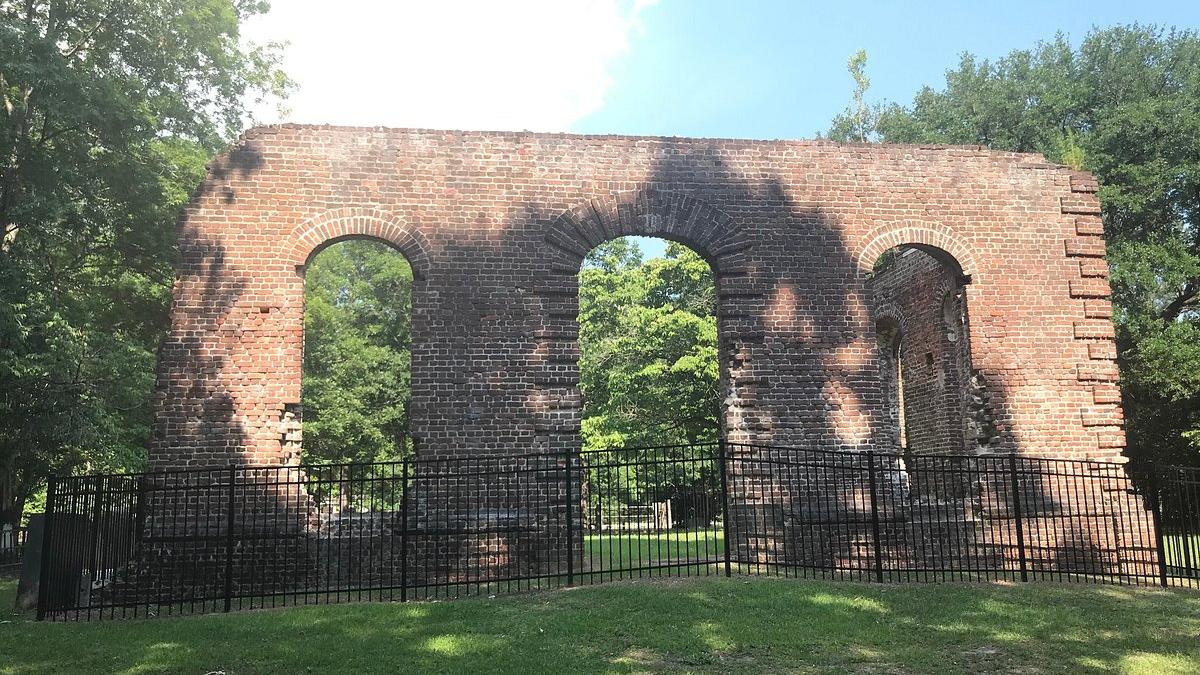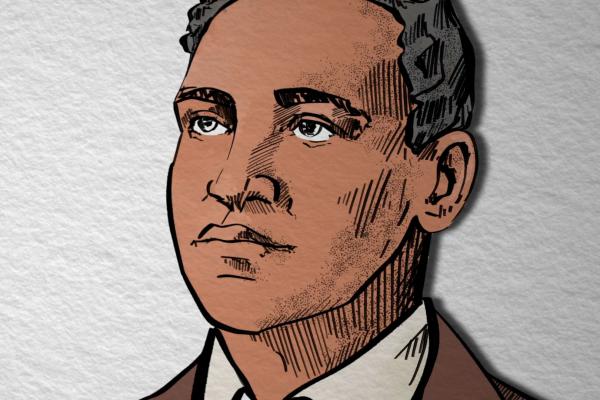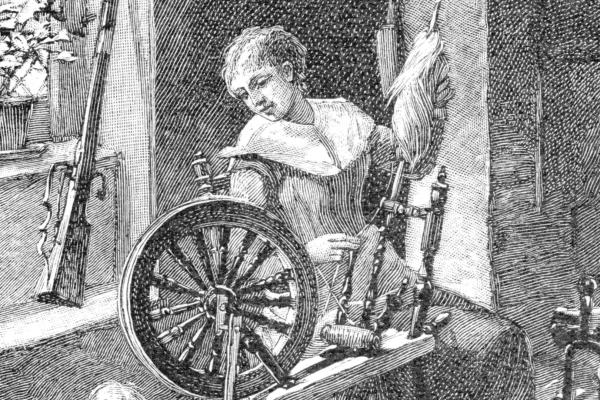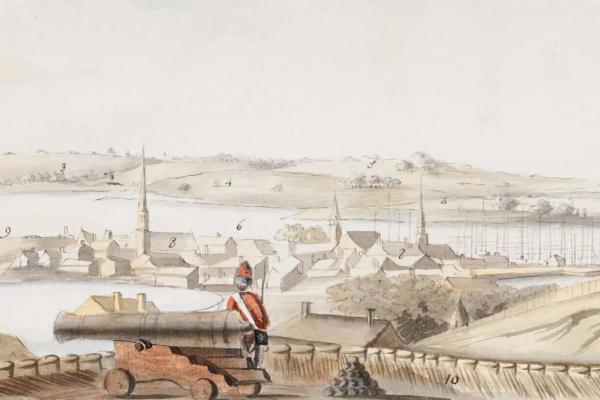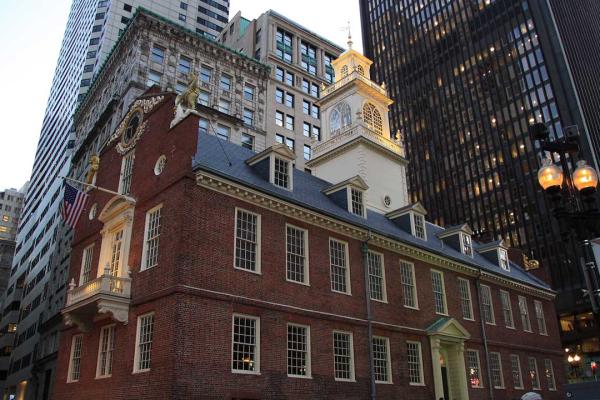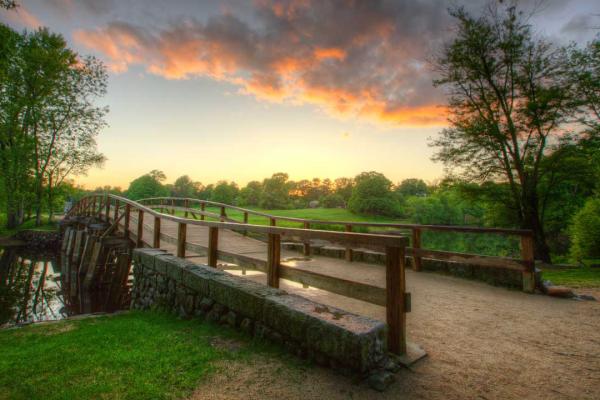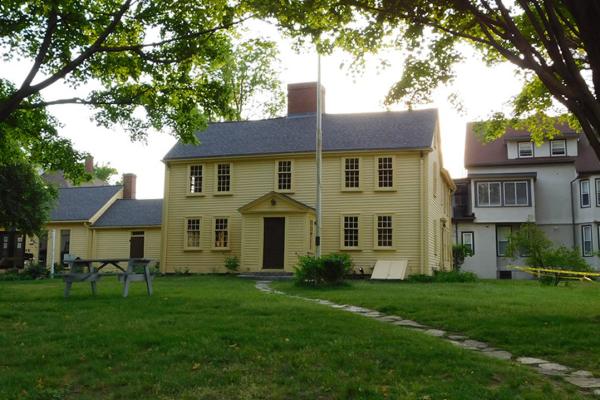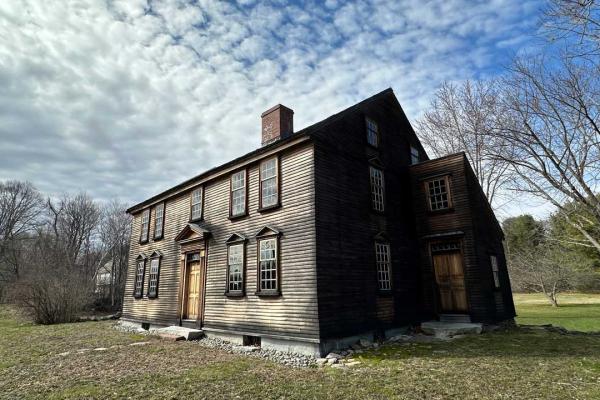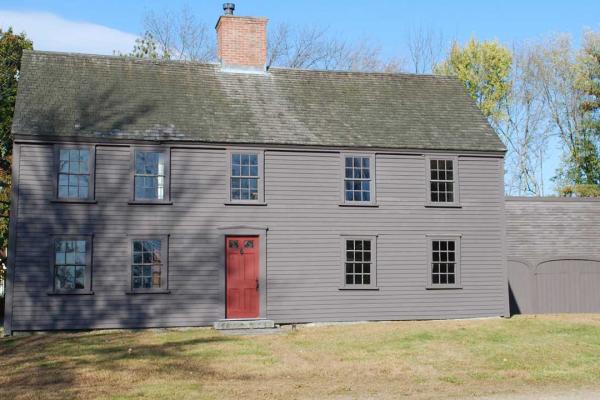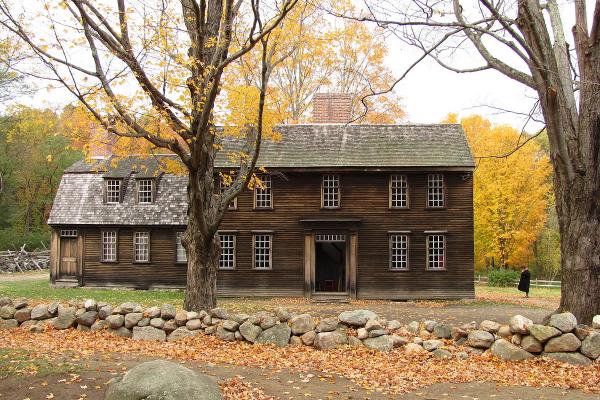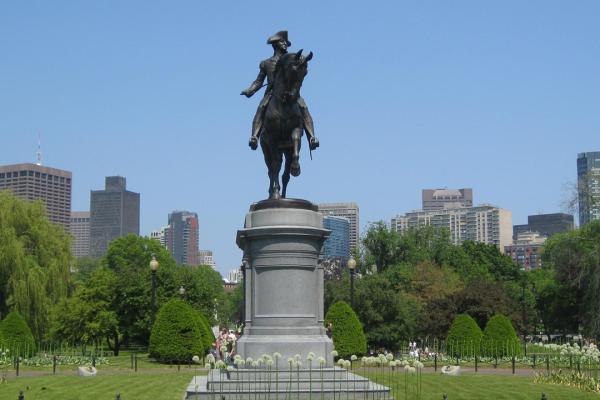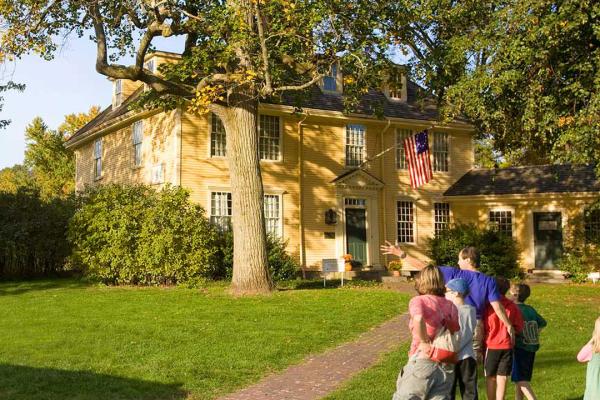Liberty Trail History Makers
The Revolutionary War was a war unlike any other — one of ideas and ideals, that shaped “the course of human events. Explore the history and personalities from this pivotal time in American history.A former Revolutionary War captain, he led Shays' Rebellion in protest of economic hardships and oppressive taxation, which ultimately exposed the weaknesses of the Articles of Confederation and influenced the ratification of the U.S. Constitution.
Regarded as the first martyr of the American Revolution, Crispus Attucks was the first to fall in the Boston Massacre on March 5, 1770. Of African and Native American descent, he became a powerful symbol of the fight for liberty, later embraced by abolitionists as a hero of both American independence and the struggle for equality.
Rebekah Howe Fiske Merriam, a witness to the fighting during the Battles of Lexington and Concord, lived through significant personal and historical events, later remarrying and passing away in 1845.
Lucy Flucker Knox defied her family to marry Henry Knox and supported him through the Revolution, balancing life as a military wife and mother. Her story highlights women's overlooked role in early American history.
